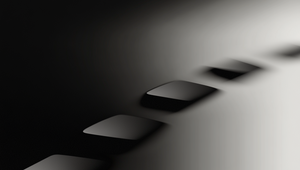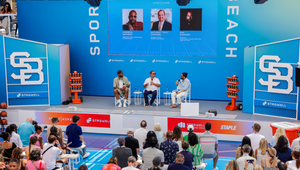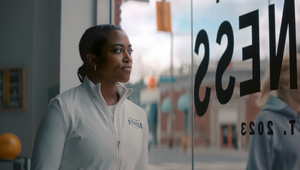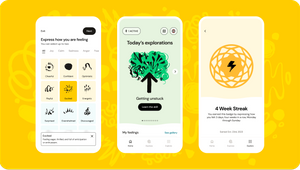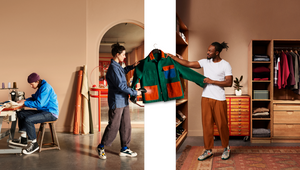
Functional Beauty Is Like Amazing Architecture: Code and Theory's Mayo Tobita on Accessibility

Since the spread of smartphones, SAAS has become common, and accessibility made mandatory. Code and Theory's solutions architect Mayo Tobita explains how the beauty of design, user experience and functionality has inspired her and how it has changed over the last year.
Q> What should clients focus on most right now, and how has it changed from last year?
Mayo> Accessibility is one of the most important things to focus on. I’ve worked at agencies for 23 years but first learned about accessibility in the late 2000s. Flash-based rich content was still popular then. I heard that a lawsuit had been filed against Target’s website, which was unusable for blind people, and that the company had paid the settlement. That’s when I first understood that what I experience through a website could be completely different from other people.
This year, I’ve felt the importance of accessibility more than ever before. Since the spread of smartphones, SAAS became common, and accessibility was made mandatory; I’ve come to appreciate the beauty of design, user experience and functionality from various angles. Things that I thought were good in the past actually turned out to be completely useless. Now I see that functional beauty is like amazing architecture.
Q> What is unique about having a culture that is a balance of 50% engineers and 50% creatives?
Mayo> We are always side by side. Beyond their job titles, creatives want to know engineers, and engineers want to know creatives. It’s a friendly and comfortable relationship where we respect, help and evaluate each other. Designers can now easily make prototypes that engineers used to make. Engineers also have many opportunities to give their opinions on designs from the perspective of design systems, technology potential and accessibility.
Q> What’s the best way to keep staff motivated and working at a high level?
Mayo> Since we are basically remote, it is very important to exchange information in meetings and Slack. We always keep an eye on technology news, post it on Slack, praise each other for achievements in projects and actively express our opinions in all-team meetings. This is an idealistic idea, and in reality, I am shy (I don’t speak English very well). The best I can do is display emojis. 👍 😃😳🙏I guess what I can do is express my gratitude.
Q> What’s your biggest source of inspiration?
Mayo> I used to live in the Bay Area, where most of my acquaintances worked in tech. I could try out various services early on, so the whole city was a source of technological inspiration. But since I moved to Hawaii three years ago, I’ve been inspired by the blue ocean in front of me. It’s a beautiful thing, isn’t it? In the past, I acted recklessly and in a hurry, but now I can think things through slowly.
Q> What’s a favourite project you’ve worked on recently and why?
Mayo> My favorite recent project is Map the Gaps for Yeti, which I worked on last year. The project involved Yeti ambassadors taking photos of hiking spots that had not yet been tracked on Google Street View while wearing Yeti’s new capacity lineup Hopper backpack and registering them on Google Street View. We also created a website that introduces the product while showing 360-degree videos. It was a very challenging project from a technology perspective, but we were able to make it work well. We also paid attention to accessibility, and it became a work that many people can enjoy.
Q> What is the one thing you’d tell your younger self?
Mayo> I would like to tell myself that I did really well; I created great work even if it meant putting in extra time and effort. And I never gave up on my dream of going abroad.
Mayo Tobita is a Solutions Architect at Code and Theory.










